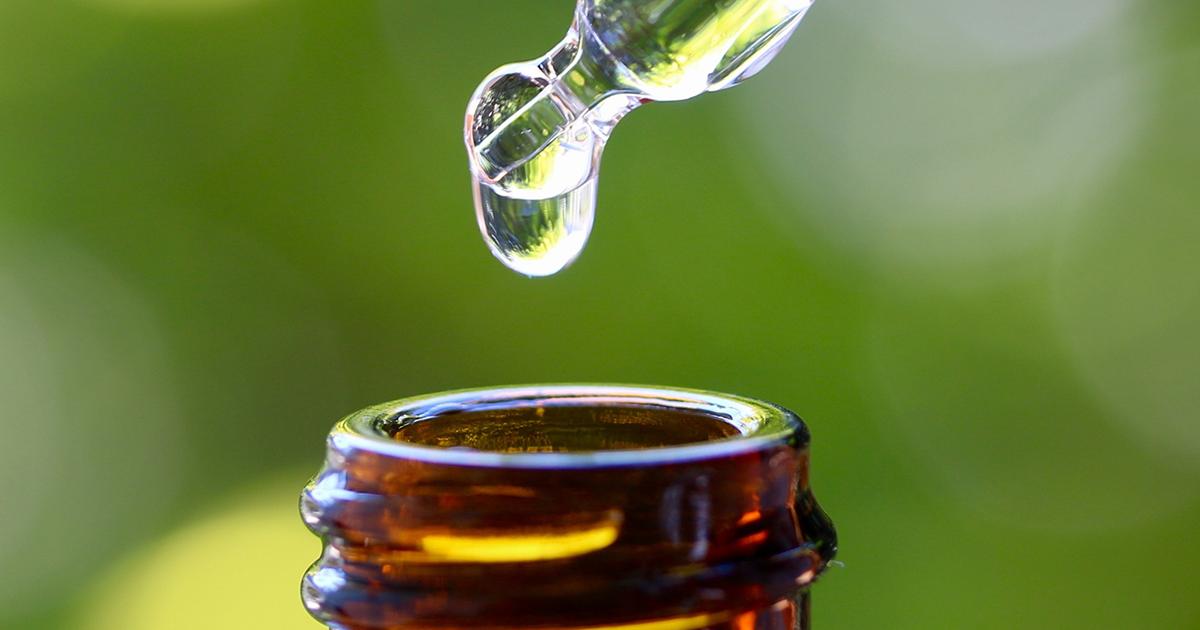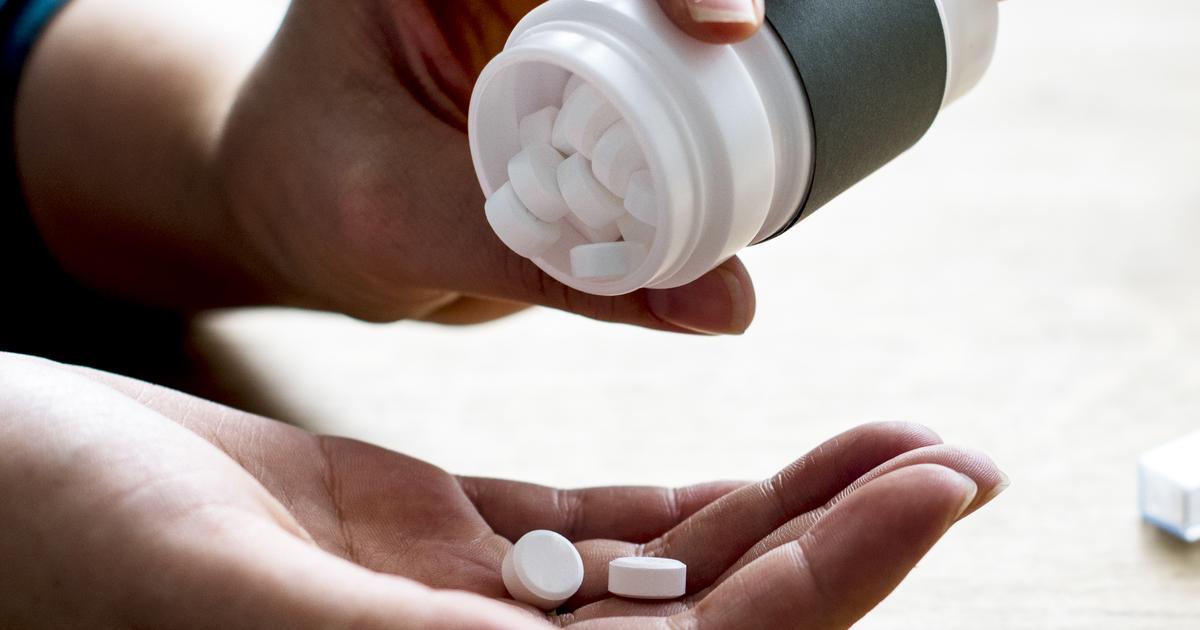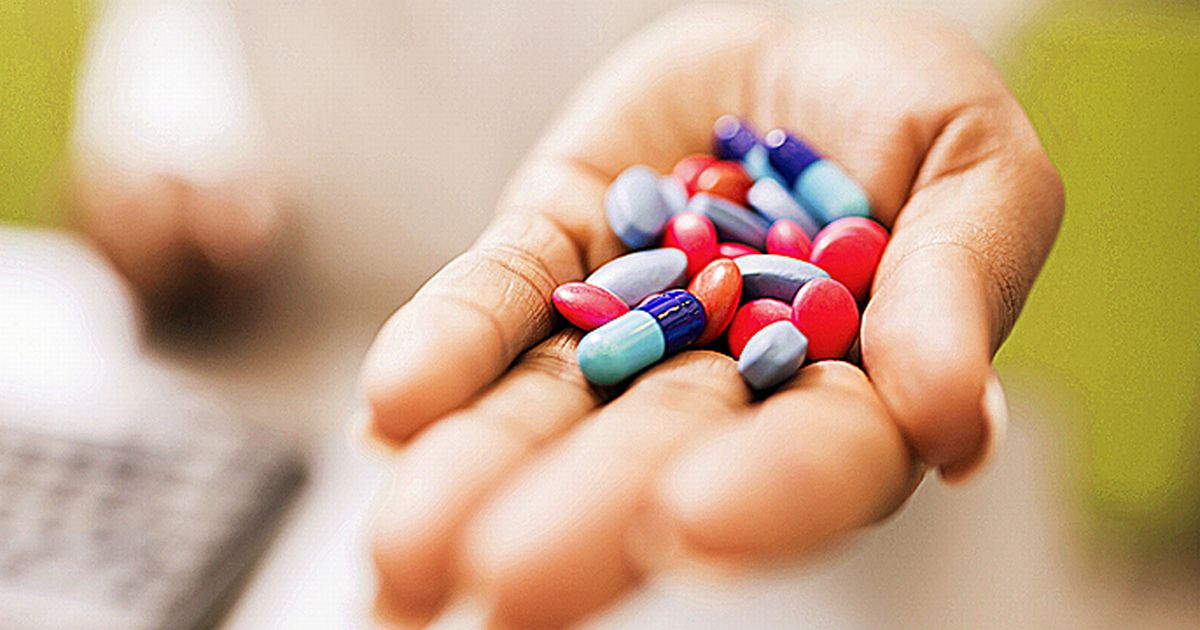What Is Colloidal Silver?
The internet is full of information that promotes different dietary supplements and supposed medical miracles. This information can even be found in the dieting sections of bookstores and grocery stores. What's alarming is it's very easy for misinformation and complete lies to profligate. In some cases, this can be harmless. For example, individuals adding a harmless but non-beneficial substance to their diet won't do anything except give a placebo effect health boost. But in other cases, diet trends and health food fads can be dangerous. Individuals should always research to see whether the latest trends are backed by actual medical professionals, and they shouldn't add any herbs or supplements to their diet without knowing what they do.
Colloidal silver is a perfect example, so dive into what this is now.
What Is It Exactly?

Colloidal silver is a liquid that contains tiny silver particles. These suspended particles are small enough not to be removed through the body's normal filtering processes, and manufactured filters might also not catch them. Some of the particles can be so minuscule that they are called nanoparticles. To be classified as a nanoparticle, a particle must be lower than one hundred nanometers in size. This so small the naked eye can't detect it, so to see the silver particles, an individual would need to use a microscope. Before the development of modern antibiotics, colloidal silver was a go-to treatment for a variety of different illnesses and infections. In recent decades, the substance has experienced a resurgence in popularity, particularly on the internet. Though many individuals believe this substance can help with a variety of illnesses and afflictions, there is little to no scientific evidence supporting this. In fact, multiple studies show colloidal silver can have serious and permanent side effects. There are healthier ways to actually achieve the effects colloidal silver is claimed to have.
Speaking of claimed uses, get to know about some of them now.
Claimed Uses For Colloidal Silver

Before the development of modern antibiotics, colloidal silver was used as a remedy for illnesses and infections. There has been an internet-coordinated movement to reject modern medicine, and some of these individuals believe colloidal silver is a better treatment than antibiotics. Individuals who take colloidal silver do so in a dietary supplement format, or they apply the liquid to their skin directly. Some patients who are seeking modern medicine alternatives claim this substance can act as a replacement for antibiotics that treat fungal, viral, and bacterial infections. However, no scientific evidence exists indicating colloidal silver is an effective antibiotic. There are also small but vocal subsets of individuals who claim the substance can treat tuberculosis, HIV, AIDS, Lyme disease, and cancer, but there's absolutely no scientific basis for this. While research indicates the substance may have served a purpose historically, it does not work better than modern antibiotics. The exact way colloidal silver works isn't understood, but the main theory is the silver attaches to bacterial cell walls, damaging the membranes.
Read about the side effects of colloidal silver next.
Side Effects

The side effects of colloidal silver have been significantly documented, but there's not enough information to accurately predict them. Research indicates the compound can create or compound existing health issues. The effects of colloidal silver seem to vary based on the shape and size of the silver particles, along with how concentrated they are. Because there is no documented benefit, there are no medical guidelines for dosage. Exposure to silver is not necessarily toxic right away. In fact, the environment exposes individuals to tiny amounts of silver daily. Silver can be found in the air, food, and drinking water. Environmental silver is considered safe, but silver nanoparticles carry potential health risks, and health professionals have deemed purposefully ingesting colloidal silver unsafe. The biggest potential side effect is argyria, which is a permanent medical condition that causes the skin to turn bluish-gray because of the way silver particles build up in the skin and body. It's also possible that silver deposits will occur in the kidneys, intestines, liver, and other organ systems, which can impair function.
Learn about what medications colloidal silver may interact with next.
Medication Interactions

Multiple organizations and groups of health professionals have indicated colloidal silver is unsafe when applied directly to the skin or taken by mouth. If individuals do decide to take the compound anyway, they should be aware of what medications interact with it. Always check a list of medication interactions before taking any new dietary supplements, vitamins, or over-the-counter medicines. In addition, if individuals start any new medications, they should tell their doctor about all the herbal and dietary supplements they take regularly. When taken with antibiotics, colloidal silver might decrease the amount the body absorbs. At best, this decreases the antibiotic's effectiveness. At worst, it can cause an infection to become antibiotic-resistant. The compound can also decrease the amount of levothyroxine the body absorbs. Because colloidal silver can harm the liver by creating silver deposits, an individual's risk of liver damage becomes much higher if they're also taking any hepatotoxic drugs, which can harm the liver as well.
Get familiar with healthier alternatives to colloidal silver next.
Healthier Alternatives

Despite the push toward using natural supplements and ancient methods to treat illnesses, it's much more effective to use proven treatments instead. Colloidal silver was used as an antibacterial treatment before antibiotics were developed. While it does seem to have the ability to destroy the cell walls of bacteria and break bacterial cells down, the effects aren't sustainable or well-proven. By contrast, a course of antibiotics can tackle the same antibacterial infection in a proven and predictable way. Some individuals believe the compound has antiviral properties, but they'd incur fewer health risks by simply letting the virus take its course. In a similar vein, the antifungal effects of colloidal silver are much better achieved by using actual antibiotics. Antibiotics work by killing the infection at the source. Patients shouldn't mix colloidal silver with antibiotics, because it won't strengthen the treatment, and will just weaken the antibiotics instead.